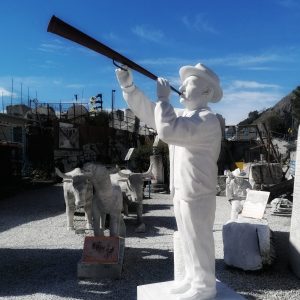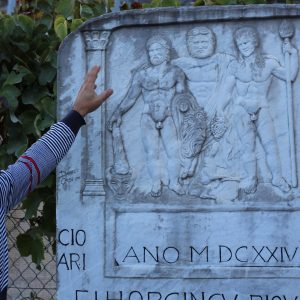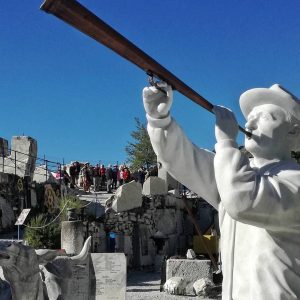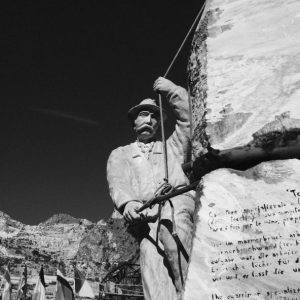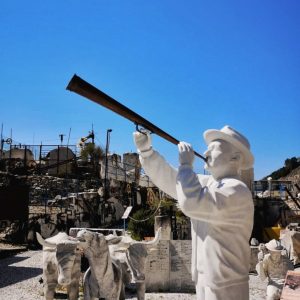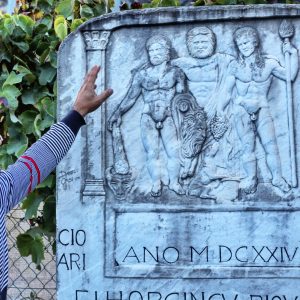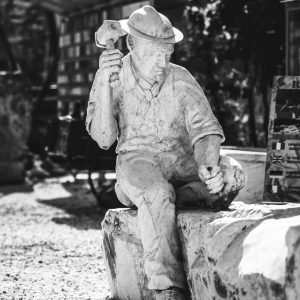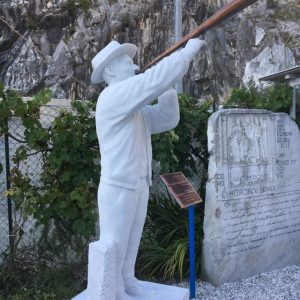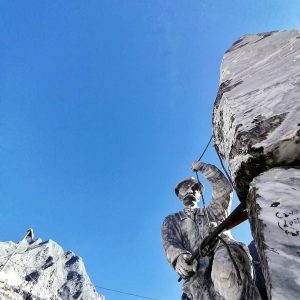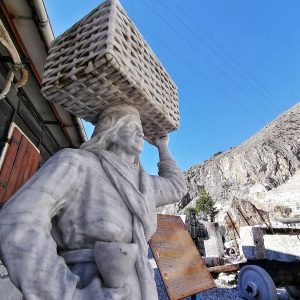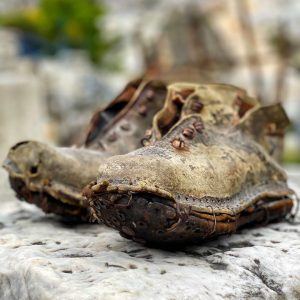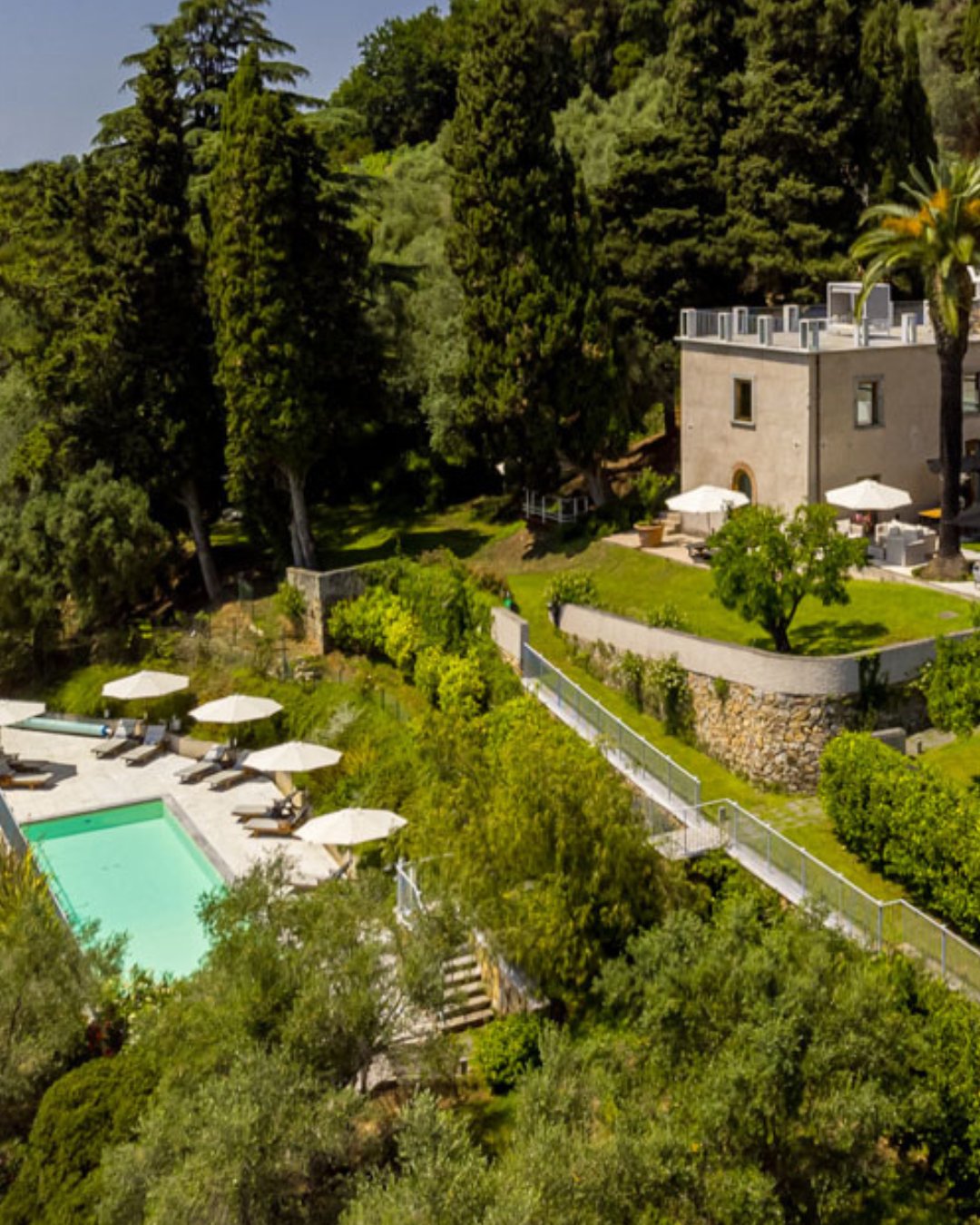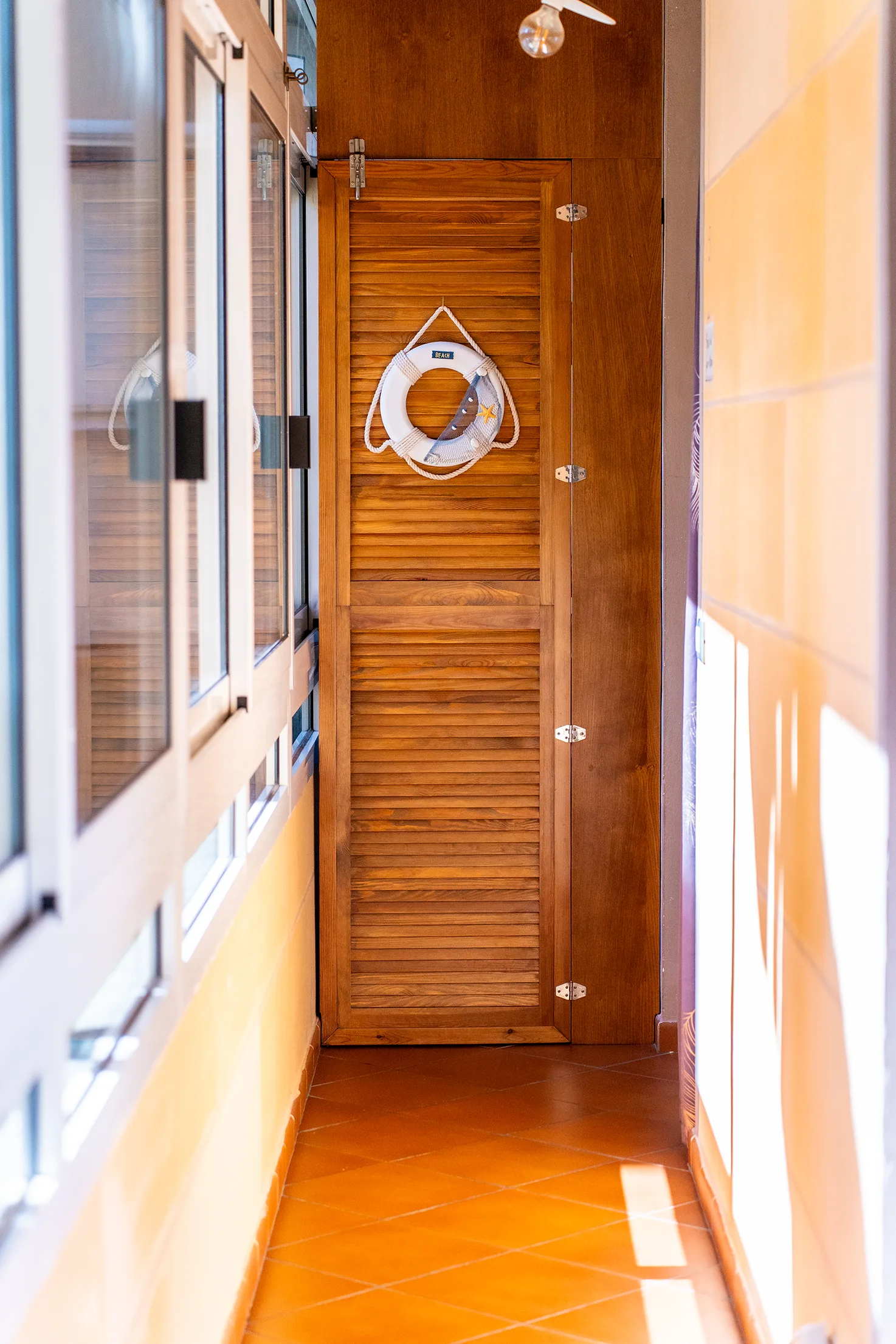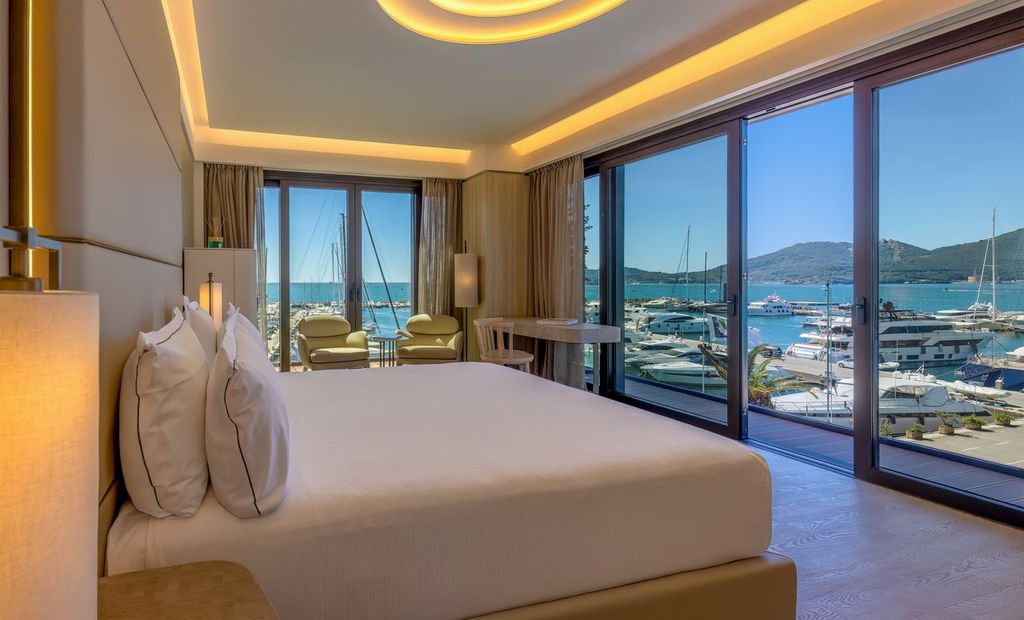CAVA MUSEO FANTISCRITTI
CAVA MUSEO FANTISCRITTI
CAVA MUSEO FANTISCRITTI
Esperienze culturali | Organizzazione Eventi Privati e Corporate
The Fantiscritti Quarry Museum was founded in 1897 by Gualtiero Danesi, based on his direct experience of working in the quarry as a child, within the context of a cyclical and daily denigrating family structure.
The museum was founded with the intention of focusing on the working class and its workforce, drawing upon a common thread linking family, social system, and work before the 1960s, when work tools still conformed to those used in earlier eras and the almost sudden evolution left indelible marks on the workers' souls and bodies. A memory that never forgets.
The museum is an open-air site at the foot of the Apuan Alps, reproducing the quarrymen's microcosm, both professionally and privately.
We find statues depicting the main tasks, tools related to the various marble processing operations, from selecting the piece, to cutting, to transporting it, along with all the necessary utensils, and a typical hut where families lived at the foot of the quarries, reproduced in life-size and furnished with objects and furniture of the time.
The museum tells the thousand-year history of the famous "White Gold" from a social perspective, including economic growth, class struggles, the need for education, and the lack of respect for the rights of children, adolescents, and women. It also explores the evolution and close connection with the city of Carrara on its journey to becoming the World Marble Capital.
Read more
Request information from CAVA MUSEO FANTISCRITTI





